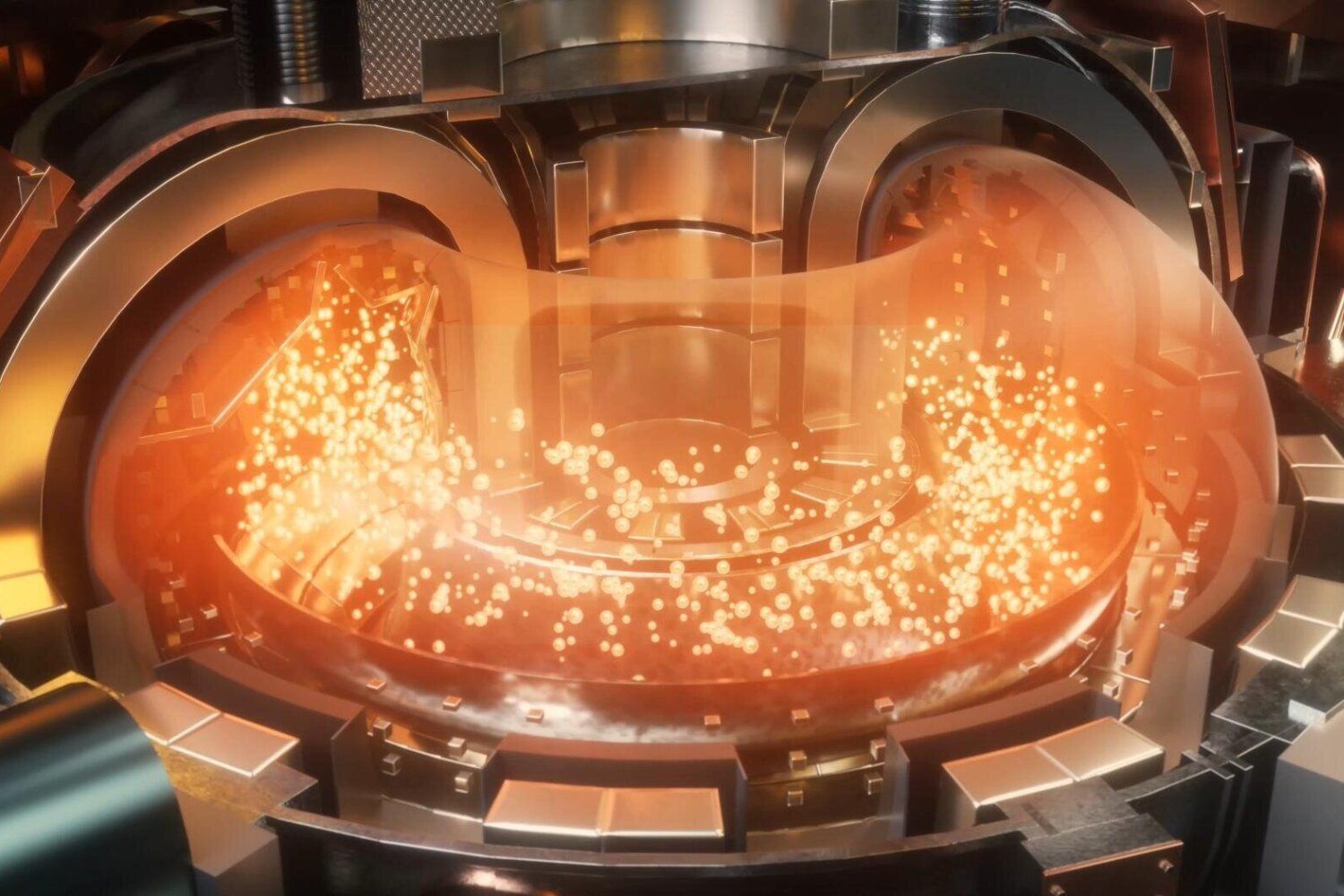
China's Fusion-Fission Reactor: A Leap Towards Clean Energy?
China is making a bold move in the quest for clean energy with its plans for a groundbreaking fusion-fission power plant. Dubbed Xinghuo, this ambitious project, estimated to cost $27.6 billion, aims to be operational by the end of the decade. The plant will be located on Yaohu Science Island in central China.
Xinghuo's unique approach lies in its hybrid design, leveraging both nuclear fusion and fission technologies. Understanding the difference between these two is key:
Nuclear Fusion: This is the process that powers stars. It involves combining light nuclei to form heavier ones, releasing immense energy. While humans have achieved fusion in reactors, making it energy-efficient enough to produce net positive energy remains a challenge.
Nuclear Fission: This process involves splitting heavy nuclei, releasing energy and producing waste. It's a widely used energy source, but fusion promises cleaner, more sustainable energy.
China's Fusion Efforts Beyond Xinghuo
Xinghuo is not China's only foray into fusion. The Experimental Advanced Superconducting Tokamak (EAST), nicknamed "artificial sun," recently achieved a record by maintaining stable high-confinement plasma for over 1,000 seconds.
The United States has also seen fusion breakthroughs, with the Lawrence Livermore National Laboratory achieving net energy gain in a fusion reaction in 2022 and 2023. While the energy input to power the lasers wasn't considered, it was a significant milestone.
Xinghuo's Ambitious Goals
Xinghuo aims for an energy gain factor (Q) of over 30. This would be unprecedented, considering the ITER tokamak collaboration targets a Q of 10 or greater, and the National Ignition Facility achieved a Q of 1.5. Xinghuo's fusion-fission hybrid design sets it apart.
While the UK's JET tokamak produced significant energy, the US Department of Energy's achievement produced net gain in its fusion reaction.
Currently, Xinghuo is undergoing an environmental impact assessment.
The fusion is still a long way off, but projects like Xinghuo represent a crucial step towards a cleaner energy future.
Source: Gizmodo